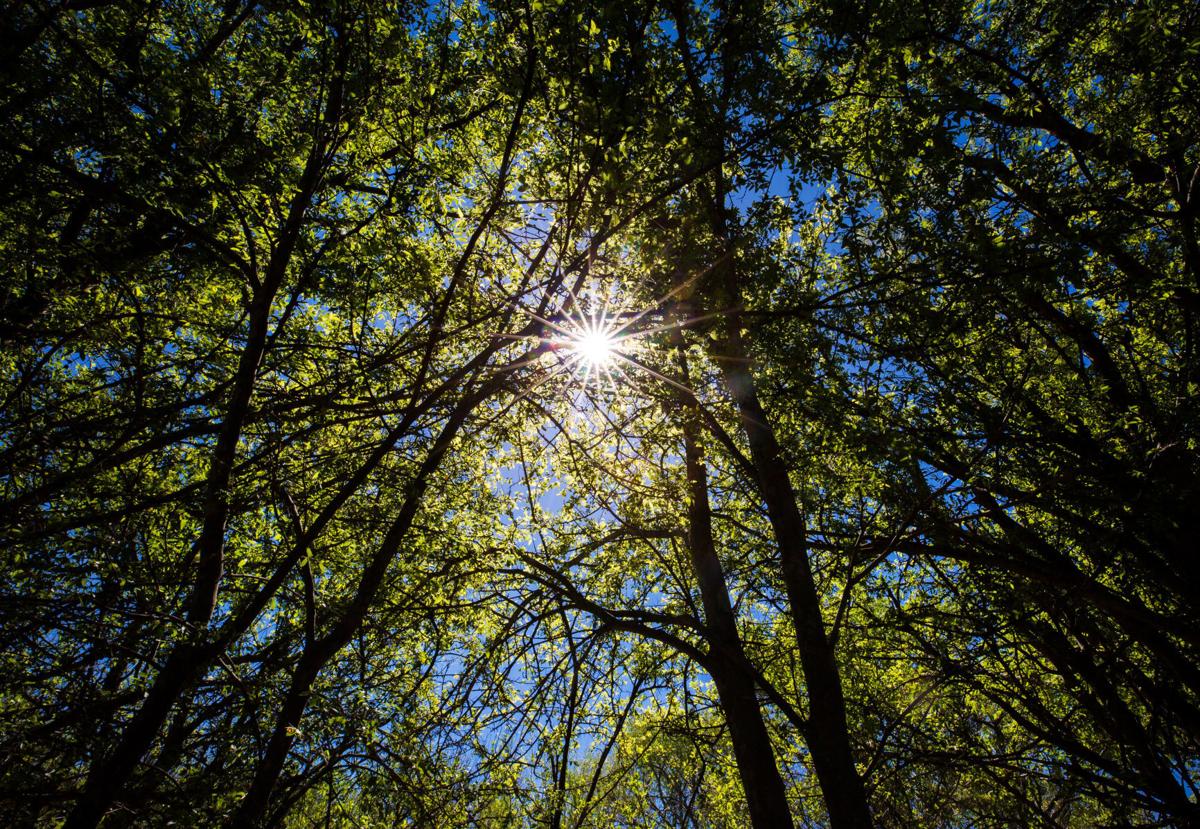УлшжжБВЅ has five seasons: winter, spring, dry summer, wet summer and fall. Our dry summers can be rough on plantsТ т even native ones. This is particularly the case on city lots, where the urban heat island effect causes temperatures several degrees higher than outside the city. Reflection off pavement and windows adds to the stress.
As a rule, native plants will tolerate our conditions the best. If you plant non-natives, they should be drought-tolerant. If youтve got non-natives that arenтt drought-tolerant, you will likely need to water them at least once daily, and provide 40-60% shade. Even with these precautions, some non-native plants will not survive our summer because they are unable to photosynthesize in high temperatures. Many large chain-based nurseries will sell plants that arenтt viable in our climate. Itтs best to go to locally-based nurseries for your plant purchasing. You can also .
People are also reading…
Once you have your plants, you can protect them from the worst of the heat and drought by following a few simple tips:
Water in the morning, ideally before 10 a.m. If you water later, particularly in the hottest part of the day (which is the mid-afternoon) a fair amount of the water will evaporate in our hot sun. Watering early also assures that plants will have a good amount of water in the soil for a hot day ahead. Note, however, that if you see a plant in distress, water itТ т don't wait!
Make sure youтre watering your plants all the way down to their root zone. For trees, this means 3 feet down; shrubs require irrigation to 2 feet and smaller plants and cacti require around 12 inches. Infrequent deep watering is always better for plants than shallow, frequent watering. How do you know how deep youтre irrigating? Use a soil probe (a thin metal rod made of rebar with a handle) to check. Just poke the bar into the soil and see how far you can push it in. You can find .Т You can get soil probes at some nurseries, or at the Master Gardener Demonstration Gardens. To figure out how often to water, .Т Keep in mind these guidelines are for established plants and average sandy loam soil. Your soil type may require a different watering regime. Also, make sure to Т as well as my article "Help your plants grow with these tips for watering in УлшжжБВЅ" for even more tips and helpful illustrations.Т
Mulch. And then mulch some more. from erosion by wind and rain, keeps the soil cooler and helps keep moisture in. It also controls weeds and reduces soil compaction. Mulch also prevents your soil's carbon stores from degrading quickly and leaching into the atmosphere, which helps your plants by providing them with more nutrition and helps the planet by keeping carbon trapped in the soil. In our climate, you will need at least 2-4 inches of organic mulch (such as bark, wood chips, etc.) or 2-3 inches of inorganic mulch (like gravel or decomposed granite). You can read more about mulch options in my article. You can also watch the short video below on the benefits of mulch from Dr. Elise Gornish, University of УлшжжБВЅ Extension specialist.
View this post on Instagram
Donтt prune during the summer months (except for safety reasons or if the branches are diseased or broken). Pruning signals plants to start growing more foliage at a time when the roots are particularly stressed.
Avoid fertilizing. Packaged fertilizers and manures contain salts, which when added to soil will decrease the ability of plant roots to take up water. If you feel your plants desperately need nutrients, add vermicompost or well-aged compostТ т just make sure you water it in well.
Check your watering system frequently and fix any issues immediately. In our hot, dry summers it may only take a day or two for a plant to die from lack of moisture. This is particularly true of non-native plants. I like to take a tour of my garden in the morning every two days or so to see how everything is looking. That way I can spot any issues quickly and (hopefully) deal with them before anything dies. I can also give any stressed plants extra water before the worst of the dayтs heat.
Prioritize your large trees as they give you the most bang for your buck. They will provide your other plants (and you) with much-needed shade and will lower the temperatures in your yard and your house. If you have trees (even native ones) near any pavement, walls or windows, they will do better with some supplemental irrigation. Make sure they get a nice, deep watering (down to 3 feet) every couple of weeks during the dry summer. Also, make sure you are irrigating near the dripline of the tree, not near the trunk.
Do not overwater. Too much water in the soil means there arenтt any air spaces between the soil particles, and the roots do not have access to oxygen. Once the roots die, the plant is lost.
Donтt be afraid to use shade cloth and shade structures. In nature, plants are often shaded by the overstory trees, but this is frequently not feasible on urban lots. Extra shade, particularly in the afternoon, can be the difference between death and survival for borderline plants.
Watch now: These beautiful native plants will be a great addition to your УлшжжБВЅ garden. Video by Dominika Heusinkveld/УлшжжБВЅ.
For more gardening information and articles on gardening in the УлшжжБВЅ area, !
Do you have any gardening topics you'd like to see covered in the УлшжжБВЅ Garden Guide? Email me at dheusinkveld@tucson.com with your suggestions and questions. Thanks for reading!

























